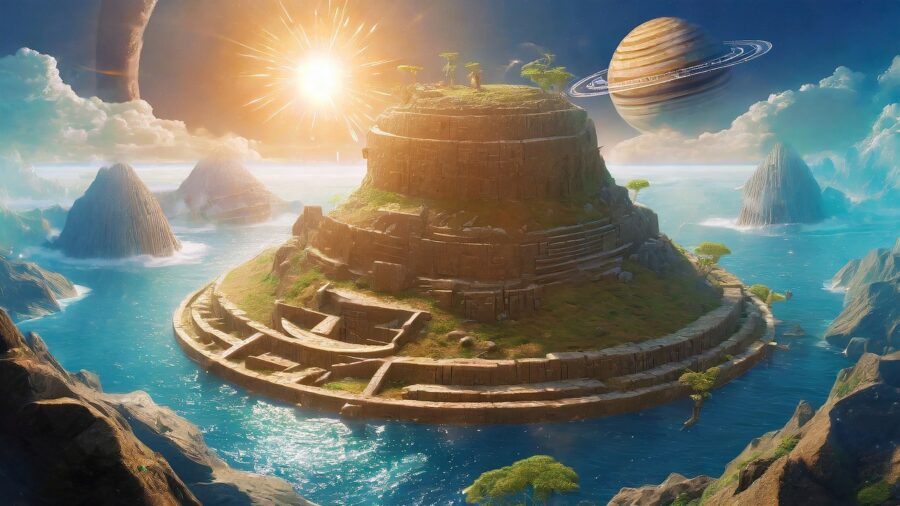Lost Continent Discovered Millions Of Years After Vanishing
Atlantis is the name most people think of when they imagine lost continents, and this is thanks to Plato writing about it thousands of years ago. However, there are other lost continents that are much older than the Atlantis legend and that have plenty more scientific backing. For example, Science Direct reports that researchers have discovered Argoland, a previously lost continent that split from Australia more than 155 million years ago.
Scientists have made amazing discoveries about the lost continent Argoland.
While such a discovery would be pretty damn cool no matter the circumstance, the researchers were particularly excited to definitively find Argoland because it solved a mystery that had puzzled the scientific community for many years.
The mystery has to do with how lost continents are generally found: when a continent splits apart, it usually leaves behind specific visual evidence. For example, when the Lost Continent of Greater Adria disappeared into the mantle of the Earth, the top of it remained and helped to form the mountains throughout Southern Europe.
If these researchers had this data for seven years, why did it take so long to solve the mystery of this lost continent?
What makes Argoland such a mystery compared to these other lost continents? Researchers had theorized about the existence of such a continent “based on the marine magnetic anomalies identified in the Argo Abyssal Plain offshore northwestern Australia,” but there was no hard evidence to prove that Argoland was real.
But seven years ago, Utrecht University’s Douwe van Hinsbergen and Eldert Advokaat found a small mountain (so to speak) of geological information in the area once they began seriously studying a geological trail that seemed to stem northwest of Australia itself.
The real breakthrough in discovering this particular lost continent came when they discovered shards from Argoland and began comparing the various dates of when the different pieces arrived in Southeast Asia.
If these researchers had this data for seven years, why did it take so long to solve the mystery of this lost continent? In short, the researchers had a very good problem on their hands: they gained way more data than they had expected.

That’s great for their long-term research and understanding of this area, but in the short term, it made the quest to learn more about Argoland take longer than the researchers were expecting.
The real breakthrough in discovering this particular lost continent came when they discovered shards from Argoland and began comparing the various dates of when the different pieces arrived in Southeast Asia. In addition to learning more about Argoland, the team discovered why learning about this continent had proven so difficult for earlier researchers.
Basically, the shards split off 300 million years ago (Argoland didn’t fully split from Australia until 155 million years ago), and the fact that the pieces then had millions more years to drift further away made it more difficult for modern researchers to put this geological puzzle back together.
By turning the shards from this lost continent into a “collage,” the researchers were able to discover that Argoland now rests beneath the jungles in Indonesia and Myanmar. In addition to solving a mystery that could have given Indiana Jones a run for his money, the researchers are pleased that their technique helped discover so much about a continent that more or less disappeared millions upon millions of years ago.
This new information will help modern researchers and scientists reconstruct what the ancient world looked like, effectively helping them learn more about our shared geological past and our uncertain geological future.












